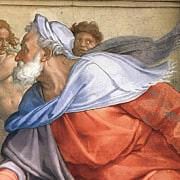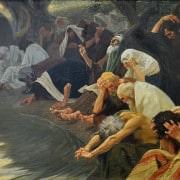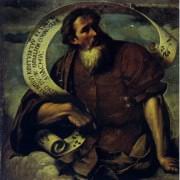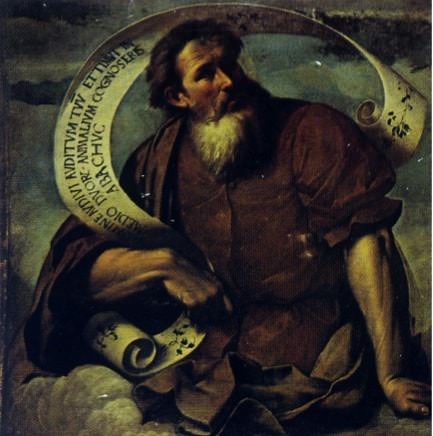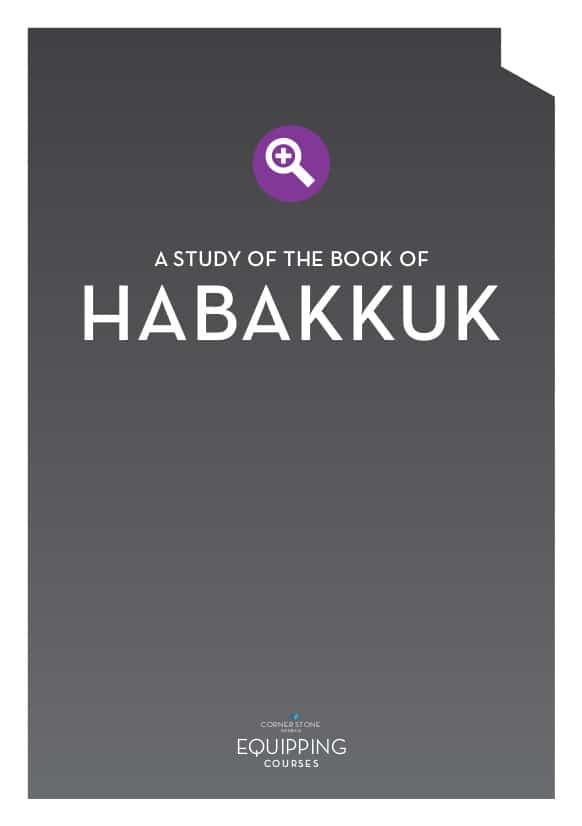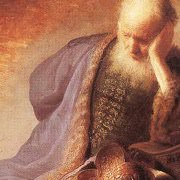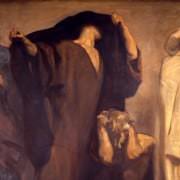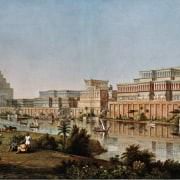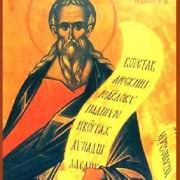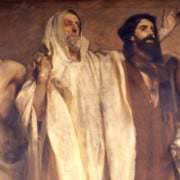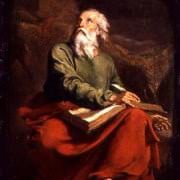The book of Ezekiel
Ezekiel is a faithful preacher to the exiles in Babylon after Jeremiah. He was the voice of God reminding the people for twenty-two years of why calamity had come upon them and what they should do in the future. Ezekiel arrives in Babylon nine years after Daniel, who were both young men at the time. God no doubt used them to keep the people’s hope alive of God’s plan for them. God’s plan for them was a restoration to himself but they seemed unable to learn from the terrible exile and only became worse lovers of false gods (Ezekiel 5:11).
Ezekiel lived by the shipping canal called the Chebar River, probably being one of the exiles having to dig the canal for the illustrious and beautiful Babylonian infrastructure. He lived with that community of exiled Jews about 70km from Babylon city. Amongst this small and discouraged group, Ezekiel devotes the best years of his life. As a sparkling artist Ezekiel’s style of preaching is rich and varied. He uses symbols, parables, poems, proverbs and prophecies to get his message across.
The book of Ezekiel has roughly the same structure as the other large prophetic works. It begins with a series of oracles written in the situation that the prophet is in (1-24). It follows with a large section decreeing judgement on foreign nations (25-32) and concludes with prophecies of blessing related to the future (33-48). Ezekiel will, amongst many other things, show us that God is holy, gracious, in charge of everything all of the time and to Him ultimately is each person responsible.
Ezekiel’s writing is easily open to interpreter abuse by well-meaning Christians. A lot of Old Testament prophecy is often abused but Ezekiel’s rich pictures of restoration and glory and a good future for God’s people are commonly misused. Thus here is a humble reminder about basic hermeneutics. An important rule: the message is to us today what it was to them then. Once we understand what was being said ‘then and there’ we apply the same teaching about the same subject today. It can’t mean something new today as there is not a new message. The principles of the message are the same. It can be a difficult job but it’s always worth it. We need maturity and high level questioning of whether we are being faithful to the text.
Pic: Michelangelo’s fresco on the Sistine Chapel.

